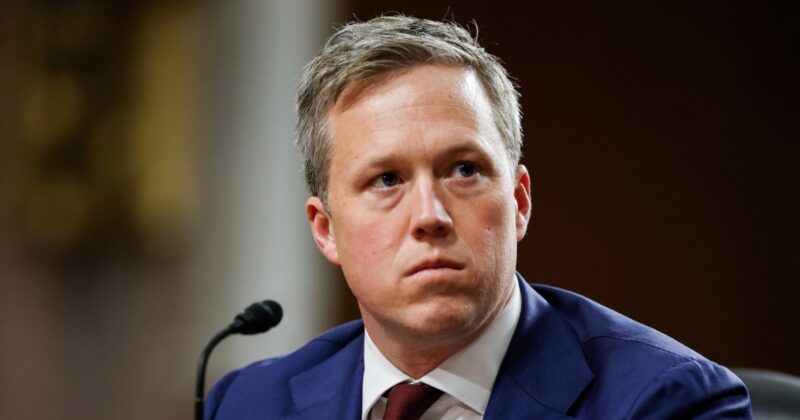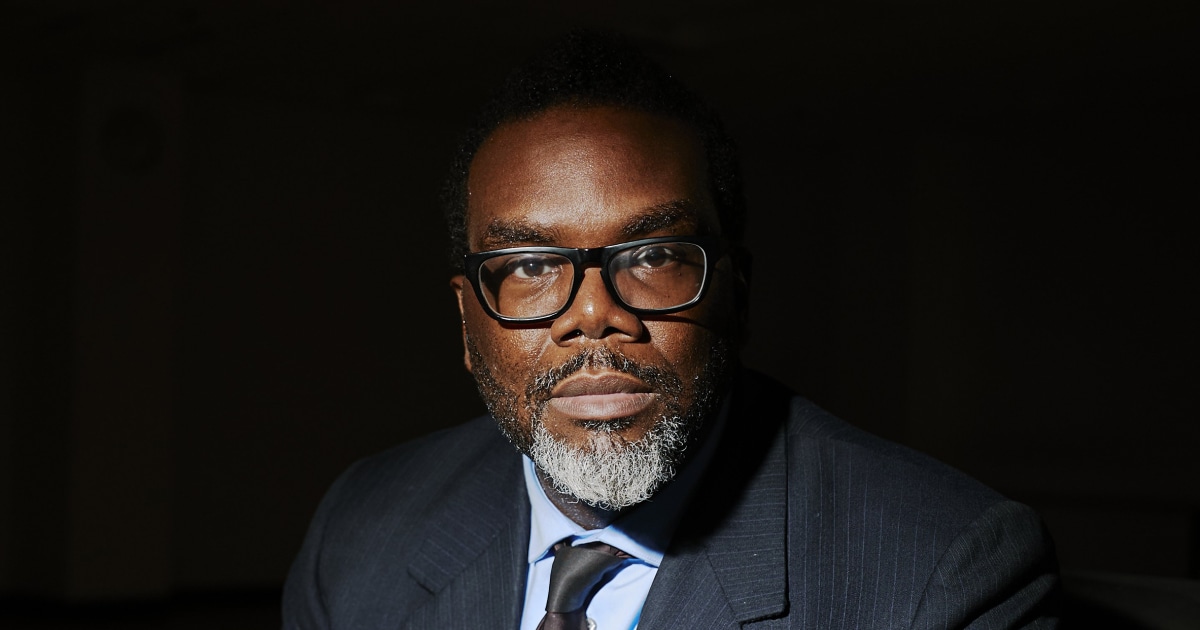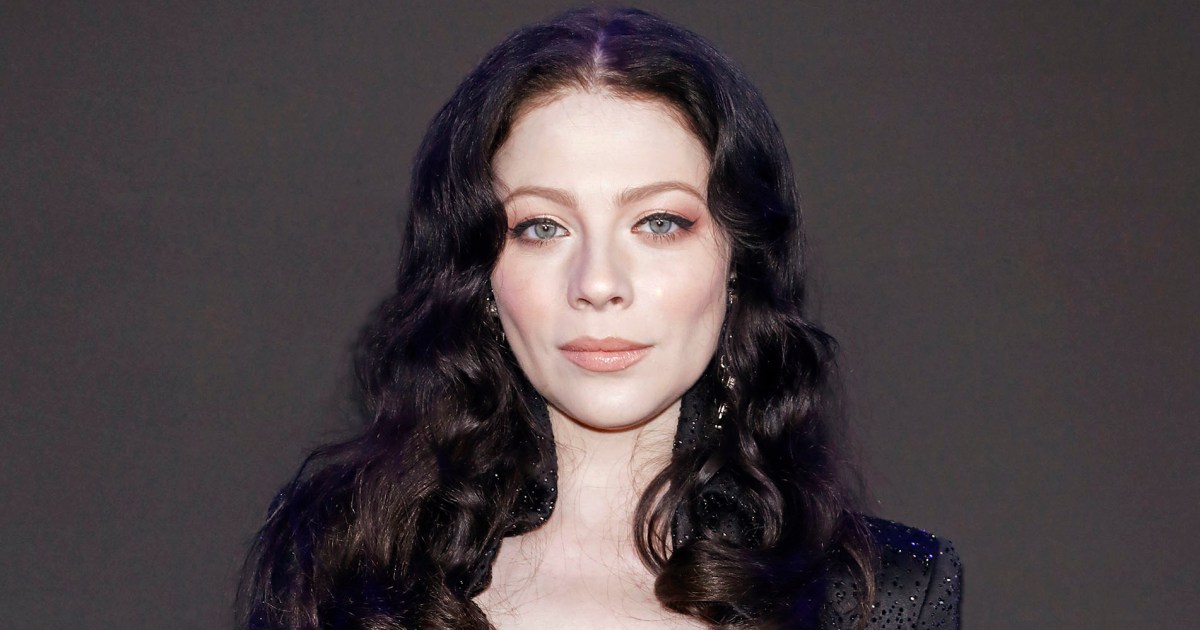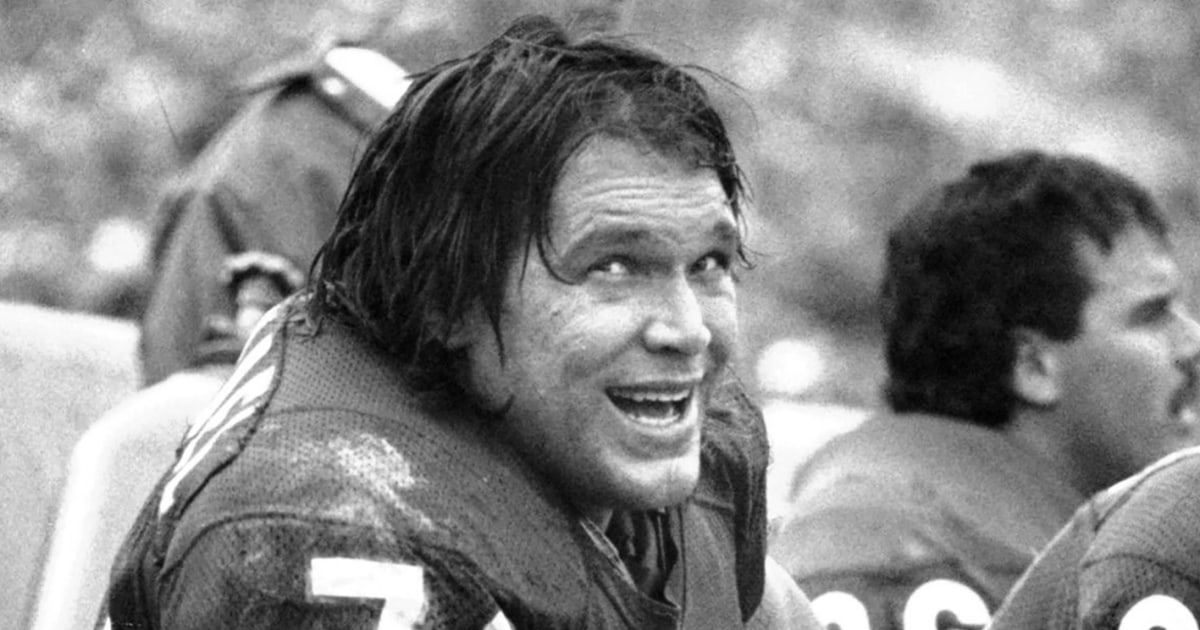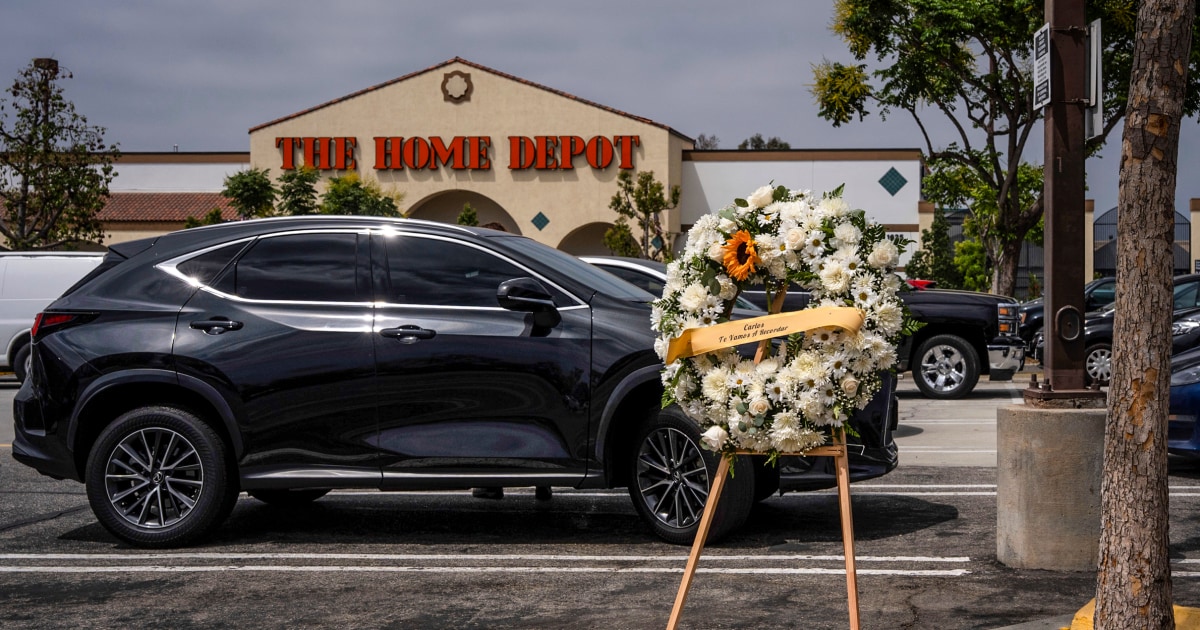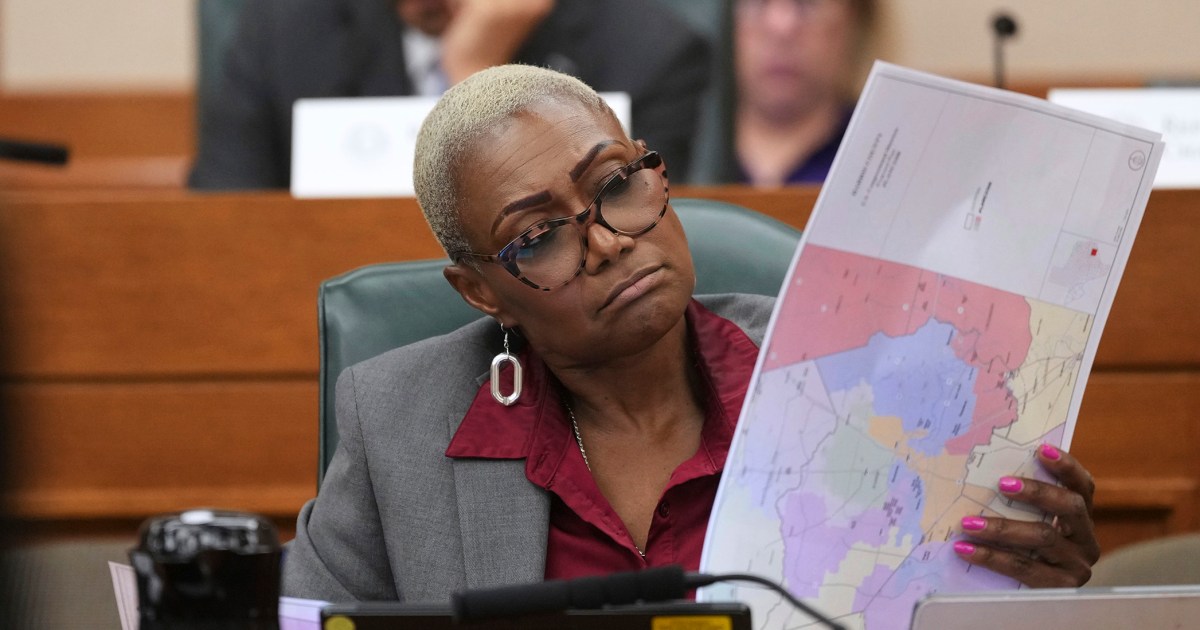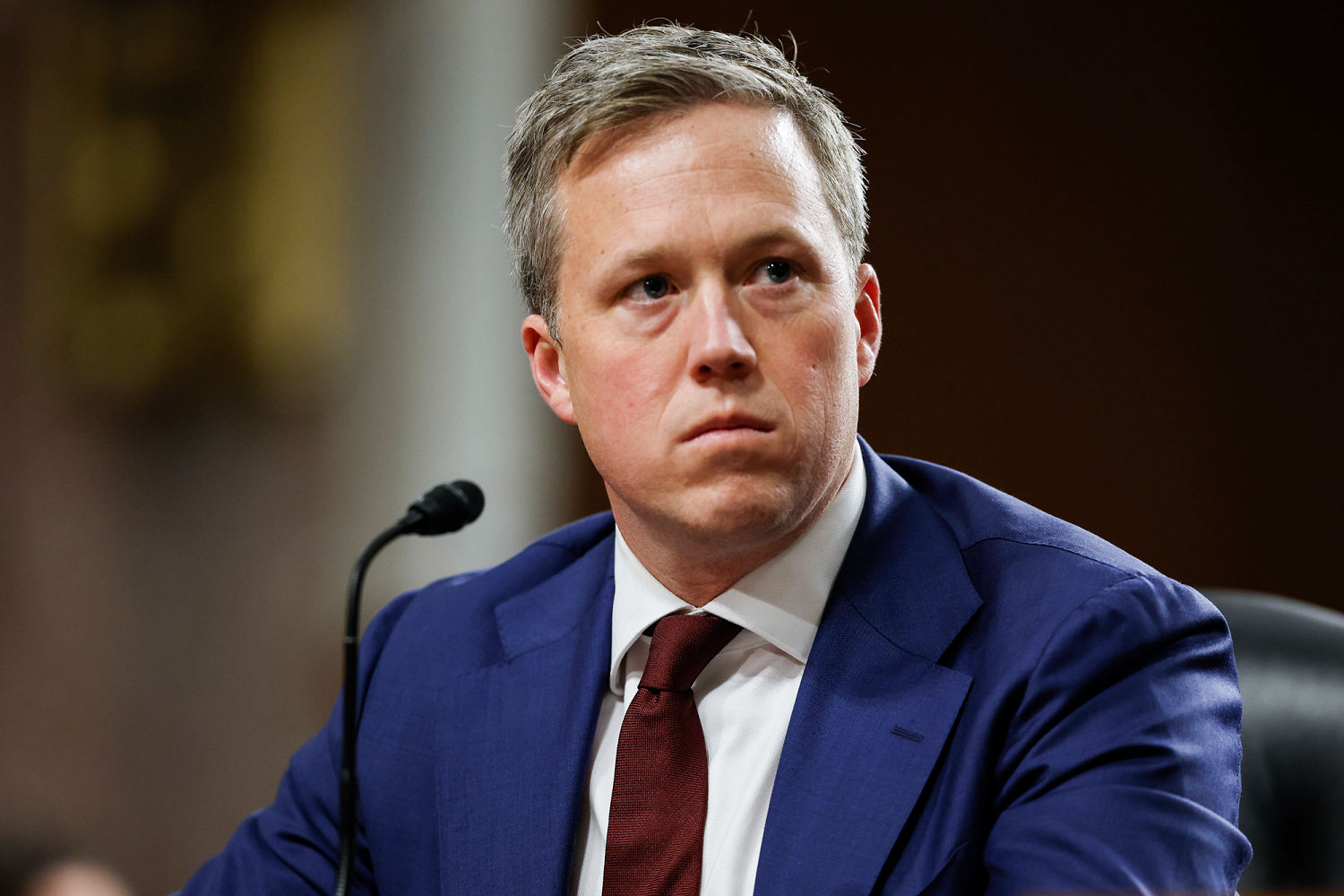
WASHINGTON — Army Secretary Dan Driscoll was planning a trip to Kyiv to discuss drone technology with his Ukrainian counterparts when his mission suddenly got more complex. President Donald Trump was upgrading his role, Driscoll was told, to include international diplomat.
The decision has thrust Driscoll to the forefront of the most vexing foreign policy challenge that Trump, by his own admission, has faced since he took office: ending the nearly four-year-long war in Ukraine. It’s a high-stakes foray for Driscoll, a former Army Ranger and financier, that has elevated his profile and fueled speculation inside and outside the Trump administration about where he might land next.
This account of Driscoll’s diplomatic activities and how the administration came to trust him is based on interviews with four current U.S. officials and two former U.S. officials.
For more than a week, Driscoll has crisscrossed Europe, shuttling from Kyiv to Geneva to lead talks with Ukrainian and other European officials. And he made a secret trip to the Middle East to meet with the Russians. All the while, he has socialized elements of the U.S.-backed peace plan crafted by Trump’s closest advisers.
Driscoll flew from Abu Dhabi in the United Arab Emirates to Fort Campbell, Kentucky, on Wednesday to meet with Vice President JD Vance, who was there to address troops, and he is expected to again meet with Ukrainian officials.
A senior administration official said Driscoll was tapped for Ukraine negotiations because Trump trusts him and because it was convenient given he was already scheduled to be in Kyiv for discussions about drones.
Driscoll, who is also the acting director of the Bureau of Alcohol, Tobacco, Firearms and Explosives, was hoisted into Trump’s orbit by Vance, his close friend. The two men are former Yale Law School students and military veterans.
Driscoll, 39, a North Carolina native, served in Iraq in 2009 before he attended Yale and then worked in finance. Since his Senate confirmation in February, he has been focused on helping transform the Army by pushing to eliminate some weapons seen in the military as sacred cows and adding some new ones that are cheaper and easier to buy, moves intended to make the Army more relevant and “lethal,” he has said publicly.
That effort has had its challenges, as some lawmakers worry Driscoll’s proposed changes could result in jobs leaving their districts and states. But Republicans and Democrats alike have praised him as sincere and accessible, and he has many lawmakers on speed-dial, according to two U.S. officials.
Driscoll has no formal diplomatic background. But the two U.S. officials said he has been given latitude from the highest echelons of the White House to carry Trump’s message.
“People know he’s operating with the intent of the vice president, and the VP is synced up with the president,” one of the U.S. officials said of Driscoll.
“In the midst of conversations, he can be making decisions to go the next step or not without hesitation because he knows and trusts that he’s within the intent,” the official said. “He knows where the red lines are and where to keep going.”
At Vance’s urging this month, Trump’s special envoy Steve Witkoff asked Driscoll to talk about a peace deal while he was meeting with the Ukrainians during his trip to Kyiv, according to one of the previously mentioned U.S. officials and two additional U.S. officials.
It was ultimately Trump who said he wanted Driscoll to be part of his impromptu peace effort, those three U.S. officials said. Trump wasn’t deterred by Driscoll’s lack of diplomatic experience, having already embraced unconventional diplomacy by tapping his friend and fellow businessman Witkoff to lead his peace efforts in the Middle East and Ukraine.
Trump is known to refer to Driscoll as “drone guy,” one of those U.S. officials said, because of his expertise in the technology. He also has praised him publicly.
“What a job he’s doing, this guy,” Trump said of Driscoll in September at an Oval Office event announcing the deployment of National Guard troops to Memphis, Tennessee.
“Look at that nice face, and yet he’s a killer,” Trump added. “Nice, beautiful face, and he’s a total killer. I don’t know how you do it, huh?”
“Lotion, sir,” Driscoll joked.
The idea behind sending Driscoll was that as a military leader with the backing of the White House, he could look the Ukrainians in the eye, perhaps with more credibility than a conventional government diplomat, and persuade them it was time for peace, the three U.S. officials said.
Witkoff read Driscoll in on the broad strokes of the peace deal he had assembled, though Driscoll wasn’t briefed on the specifics of the 28-point plan before he arrived in Kyiv, according to two of the U.S. officials. Elements of the plan were leaked to the media while Driscoll was engaged in informal talks in Kyiv, the two officials said.
That leak and initial signs of momentum in the discussions between Driscoll and the Ukrainians prompted White House officials to decide to brief Driscoll on the 28-point plan, those U.S. officials said. Driscoll was then instructed to brief the 28-point plan to the Ukrainians, the officials said.
In tasking Driscoll with peace negotiations in Kyiv, Trump’s hope was that he could lay important groundwork with the Ukrainians before Witkoff or Secretary of State Marco Rubio, who is also the national security adviser, got more deeply involved, the three U.S. officials said.
The process has since evolved into a series of ongoing negotiations that have both drawn criticism that they favor Russia and raised hopes of a potential deal.
The momentum Driscoll has helped build in recent days has raised questions inside and outside the administration about whether he could be on a short list to succeed Defense Secretary Pete Hegseth should he depart sometime next year, according to the three current U.S. officials and two former U.S. officials.
Some of Trump’s top aides don’t trust Hegseth to lead on such sensitive and potentially consequential negotiations, according to two of the current U.S. officials and one of the former U.S. officials. Trump is fond of Hegseth despite the secretary making a series of errors since he began leading the Defense Department, including pausing aid to Ukraine without informing Congress or the State Department and sharing sensitive information about a military operation in a group chat on the Signal messaging app, according to four of the current and former officials and two people familiar with the matter.
The senior administration official pushed back against the idea that Driscoll is in any way being positioned to succeed Hegseth. The official said Hegseth needed to be in Washington to brief Trump on his fight against drug cartels, manage the relationship between the United States and China and attend Trump’s intelligence briefings. Hegseth, the official said, is overseeing the sale of weaponry to NATO for Ukraine and has engaged in various conversations with the Ukrainians.
“Secretary Driscoll’s role has evolved because he was going to be in Ukraine for talks on drone technology and war fighting capabilities anyway, and so it made sense to just tap him to have these conversations with the Ukrainians at this time, frankly, out of pure convenience and because, again, he is a trusted player on the president’s team,” the official said. “Secretary Hegseth is also beloved by the president, and the president has the utmost confidence in Secretary Hegseth.”
Chief Pentagon spokesman Sean Parnell said in a statement, “The secretary has built an all-star team at the Department of War, and we are proud of our many accomplishments.”
One of the U.S. officials described Driscoll, who has held a much lower-profile role than Hegseth, as “trusted, liked and respected” in the administration and in Congress.
When he arrived in Kyiv on Nov. 19, his message for the Ukrainians was simple, according to two of the U.S. officials.
The officials said Driscoll told the Ukrainians that unlike in the past — when the United States would reject Ukraine’s requests for weaponry, expanded intelligence or other assistance, only to later approve such requests — this time was different. He said the United States couldn’t continue to provide Kyiv with more weaponry at the same rate it has been, given American stockpiles are depleting and supplies are starting to run out, according to the officials.
He also delivered a grim U.S. assessment on the war: that while the Russian military’s progress is slow, its ability to keep fighting could continue long past the Ukrainian military’s ability to keep fighting, with or without American and European support, NBC News has reported.
Driscoll’s message to the Ukrainians wasn’t so much a finger in the chest as it was pragmatic, two of the U.S. officials said.
“He didn’t tell the Ukrainians anything they didn’t already know,” one of the officials said.
Driscoll and other U.S. officials then made an unannounced trip to Geneva for more meetings with the Ukrainians. Delegations from some European nations, including France, Germany and the United Kingdom, also visited Geneva to support Ukrainian efforts. Driscoll’s boyish exuberance that administration officials describe behind the scenes was on display as he turned to fist-bump an aide after a news conference he joined there with Ukrainian officials, Rubio, Witkoff and Trump’s outside adviser and son-in-law Jared Kushner.
Driscoll appeared after several days of negotiations to have secured assurances, at least from the Ukrainians, that the outlines of a peace plan in its current form were potentially acceptable.
The next day, Driscoll was secretly flying to Abu Dhabi to meet with a Russian delegation about a potential peace plan, albeit one that now had been somewhat altered in favor of Ukrainian interests.
Russian officials haven’t voiced support for the current plan. Trump said Tuesday that Witkoff and possibly Kushner are set to travel to Russia next week for negotiations.
He also said his Army secretary-turned-diplomat will hold additional meetings with the Ukrainians.

